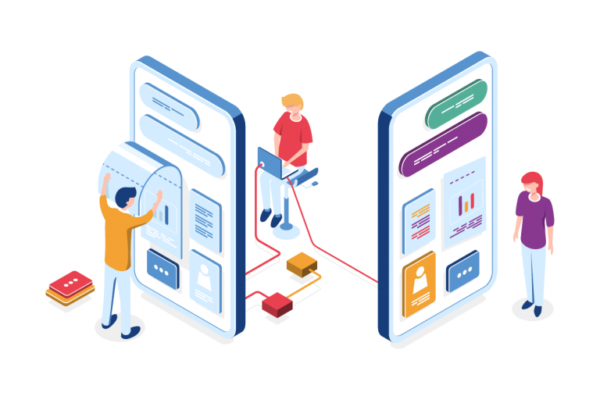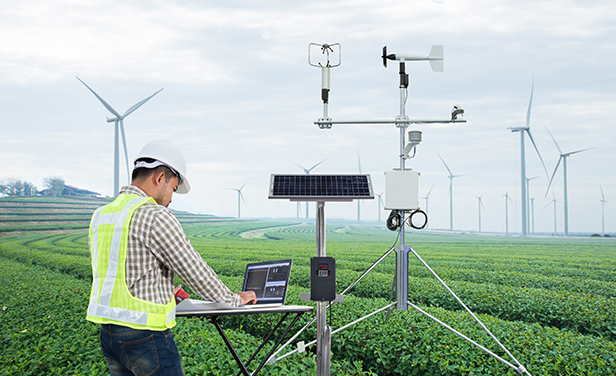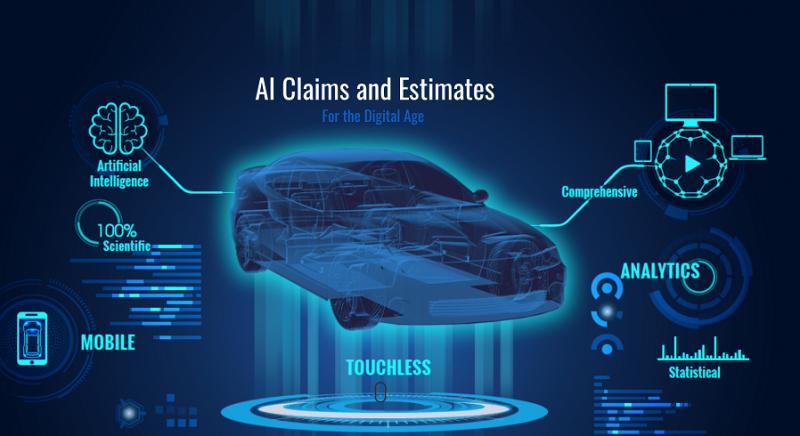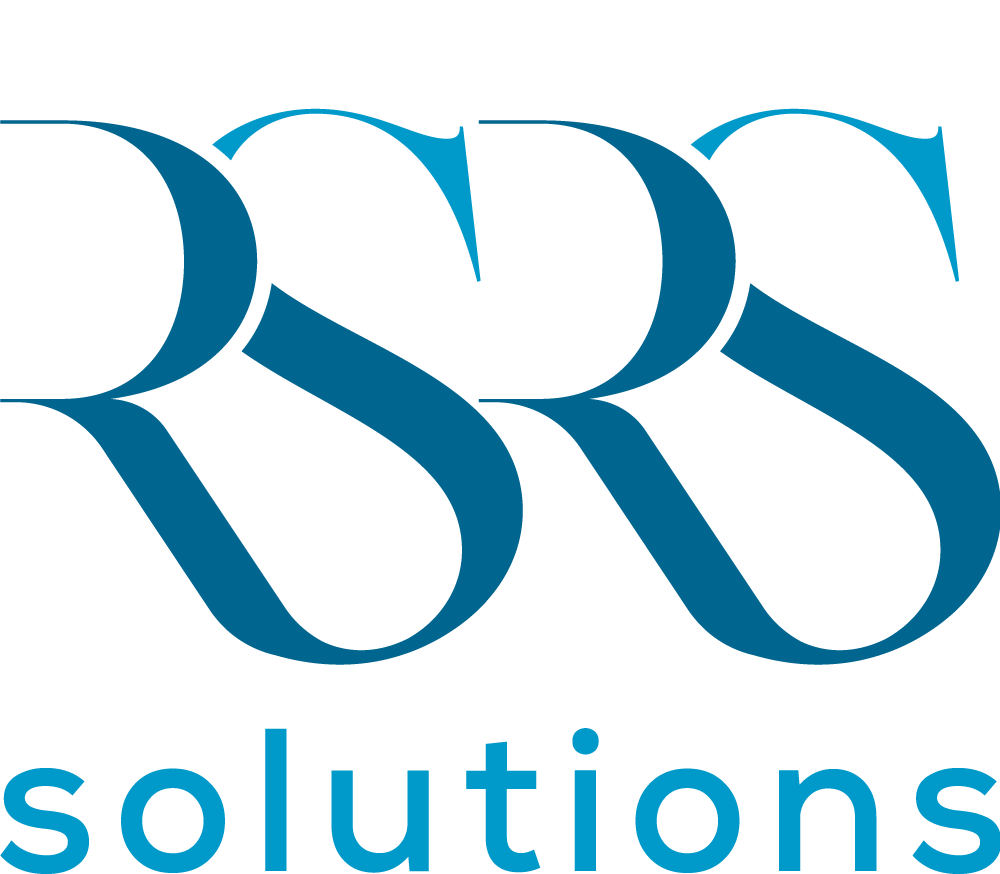
Our highest profile Data Science and AI Projects Data Analytics and Machine Learning
Machine learning is an innovative new field that uses cutting-edge AI to create dynamic systems that learn from data. At RSRS, we help organizations utilize the vast amounts of Big Data available now to make smart decisions and achieve their goals.

Intelligent Stock Prediction using Deep Learning
Optimizing the customer’s portfolio management ensures their best possible return with the least amount of risk; we use real-time data aggregation from online sources such as NASDAQ and the New York Stock Exchange, as well as other news sites. Using AI, we strive to reduce the effects of human error.
Our algorithms can accurately forecast stock prices and look for an organic correlation between different stocks, encouraging precise, data-backed short-term transactions. Using the Deep Recurrent Neural Network, Machine Learning Sentiment Analysis, and Twitter data, intelligent stock prediction offers the best forecast of stock movements available to the market.
Cardiovascular Quality of Care
Data collected by England’s public health program clearly shows a correlation between factors such as smoking, high blood pressure, and obesity and the likelihood of a diagnosis of CKD, Chronic Kidney Disease.
This AI and data analysis project is aimed at improving patient outcomes and cardiovascular care. Using a visualization dashboard, we detect regions likely to have more patients with these exacerbating factors, pinpointing these areas to target them for education and public outreach. Using this data, public health care workers are better prepared to recognize and treat symptoms of CKD.


Credit Card Fraud Detection
Keeping customers’ data and funds private and protected is always a main priority for financial institutions. Using a machine learning algorithm, we created a program to detect potential credit card fraud quickly. This helps customers avoid having to deal with fraudulent charges and gathers valuable benign data for financial institutions.
Comprehending users’ budget to improve products recommendation
The system was implemented as a budget-aware recommendation tool using collaborative-based recommendation engines, in addition to analyzing E-commerce product data and patterns users’ budgeting behavior to improve the customer journey by recommending user-oriented items taking into account users’ affordability.


Diagnostic Investigation of Dementia
Entering data collected by England’s Public Health program and the Dementia Diagnosis profile, our team uses the prediction tool ARIMA and other machine learning algorithms to get a clear view of the spectrum of core conditions that can indicate dementia.
Wind Power Forecasting using Weather data
The system provides decision support for implementing wind farms to generate power by calculating the estimated produced power depending on weather data. Used as a simulation through machine learning to forecast the estimated power for a certain period.


Security Prediction for the Middle East and North Africa (MENA)
The system provides decision support for implementing wind farms to generate power by calculating the estimated produced power depending on weather data. Used as a simulation through machine learning to forecast the estimated power for a certain period.
Virtual Learning Environment – Students’ Engagement Analysis
The purpose of this project is to find patterns that lead to student profiling, by this we can better understand how to personalize their experience during their educational journey. In addition to using a supervised learning (classification) model to predict students’ engagement with the Virtual Learning Environment (VLE) platform.


Automated Car Insurance – System for Filling Accidents Reports
This system allows adjusters and agents to fill out a form and have the information transferred into a legal document, fulfilling any official requirements for an accident report. It also collects and analyzes characteristics of car accidents to create innovative marketing and safety materials.
Producing a map of accident density, including information such as time of occurrence or driver age, helps government agencies take action to reduce the number of car accidents per year in “trouble” spots.

